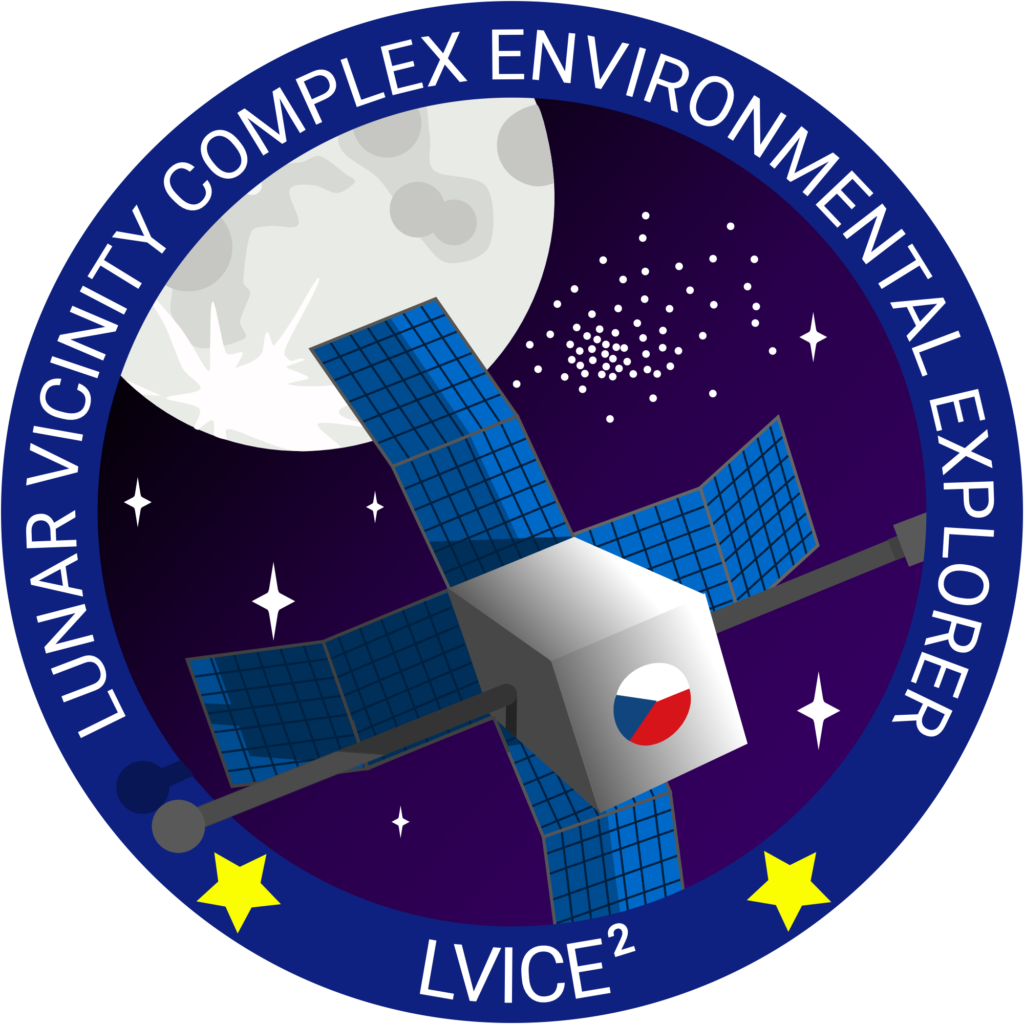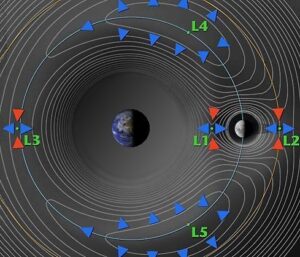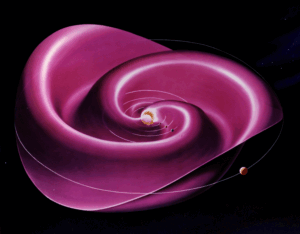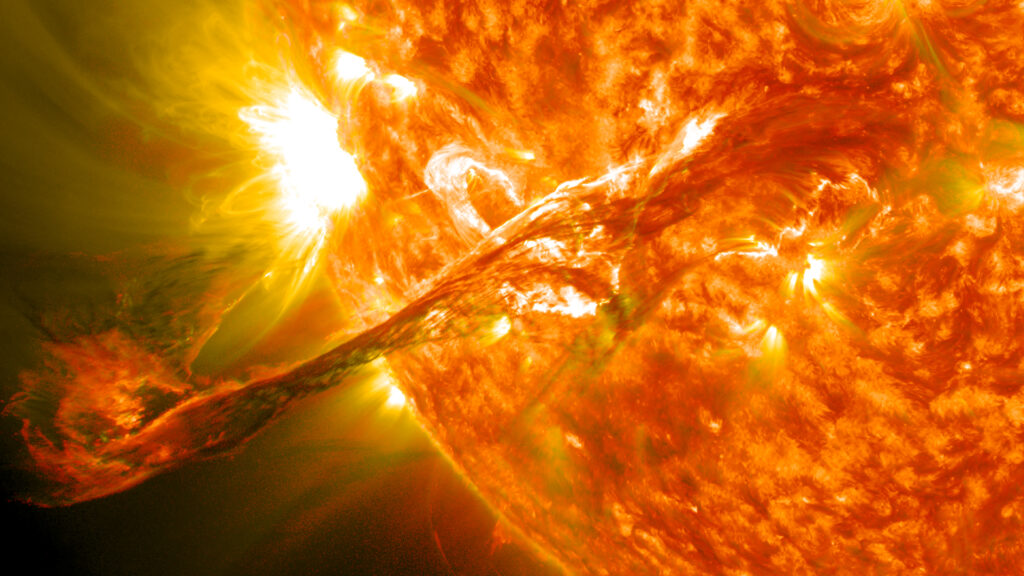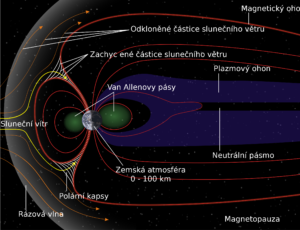Basic information
Ministerstvo dopravy ČR ve spolupráci s Evropskou kosmickou agenturou (ESA) iniciovalo realizaci nového typu kosmických projektů. Nazývá je „ambiciózní
projekty“, což zcela vystihuje jejich podstatu. Jde totiž o řádově komplexnější, a právě tím i mnohem ambicióznější, mise než jaké byly dosud v ČR realizovány.
LVICE² is one of these ambitious projects. A consortium of Czech companies and academic institutions wants to send a historic mission to the Moon and thus make sure that the Czech Republic gets into the very exclusive club of countries that are capable of sending a probe our nearest cosmic neighbour. The LVICE² mission will make the Czech Republic a reliable and technologically advanced partner within ESA for other, more complex space missions.
The LVICE² mission will achieve many records a prvenství v historii česko-slovenského dobývání vesmíru. Bude to totiž sonda:
- have the highest mass and will be the largest,
- be the first with individual propulsion and active navigation,
- go furthest yet - to the Moon,
- be the most complex yet and with world-class scientific research.
LVICE² je kosmická sonda, protože na rozdíl od družice opustí oběžnou dráhu Země.
Norma ČSN 31 0001 LETECTVÍ A KOSMONAUTIKA
LVICE² in numbers:
- Dimensions: cca 66x66x61 cm3 in compact state, ready for launch
- Mass: approx. 60 kg (dry), approx. 140 kg (wet)
- Batteries: 3 modules at 100 Wh each (300 Wh total)
- Solar panels: body mounted at the top of the probe, 100 W
- Propulsion system: hydrazine thrusters made by Stellar Exploration EU s.r.o. with flight heritage on CAPSTONE
- Navigation and stabilization: 4 reaction wheels, StarTracker, IMU and Sun sensors
- Scientific payloads: 6 (see below)
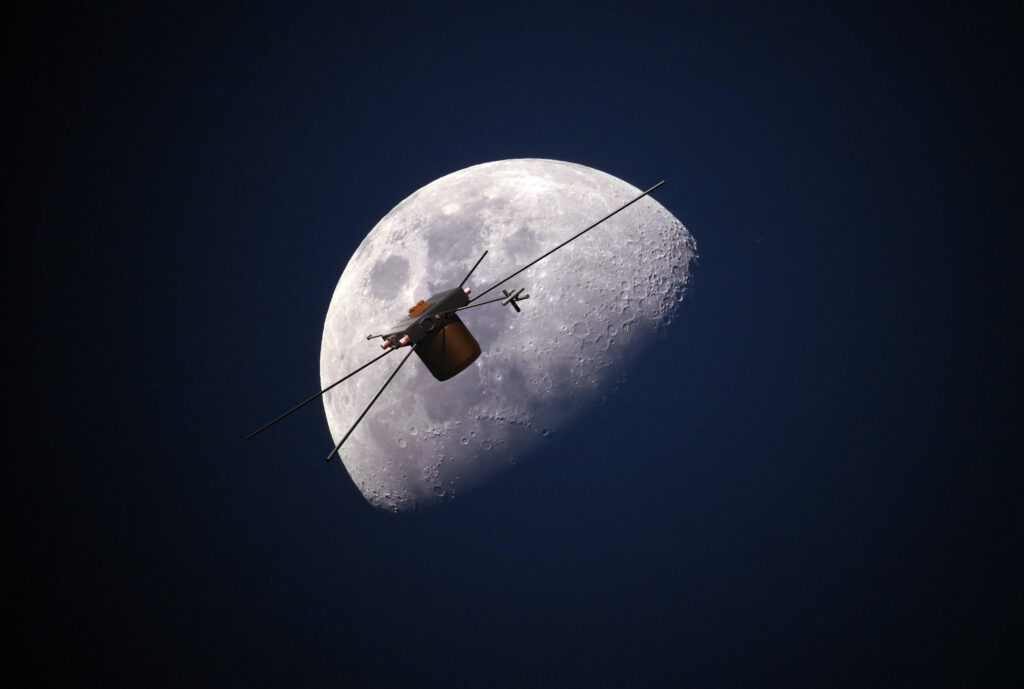
Scientific objectives
There are many hazards in the space environment, not only for living organisms, but also for electronic systems and other technologies. The main hazards of interplanetary space are micrometeorites, ionising radiation, solar flares and, in low Earth orbit, reactive oxygen. A large number of satellites monitoring this space environment are located in and near low Earth orbit. Unlike the Earth's surroundings, cislunar space is not yet monitored extensively and it is not possible to assess the severity of the above, and possibly other, threats. The ambitious LVICE² mission therefore has the following scientific objectives:
Scientific goal 1: Measure the concentration of dust in Kordylewsky clouds. Kordylewsky Dust Clouds are theorized objects in the near vicinity of lagrange points L4 and L5 of the Earth-Moon system. These sites are quasi-stable and can trap interplanetary dust over a few microns in size. Areas with potentially elevated dust concentrations pose a risk to navigation.
Scientific goal 2: Study turbulence in the solar wind and lunar wake. The solar wind is a plasma emanating from the Sun made up of charged particles (electrons, protons, heavy nuclei with low energy) and carries the Sun's magnetic field over long distances. In the LVICE² project we will focus on the study of turbulent cascades in the solar wind and the effect of the lunar wind on their properties.
Scientific goal 3: Long-term characterization of the ionizing radiation field in cislunar space. The mission will systematically monitor the flux of galactic cosmic rays and energetic particles from the Sun. In addition to charged particles, LVICE² will also monitor the flux and spectrum of soft X-rays and gamma rays. The spacecraft will also have a neutron detector.
Scientific goal 4: Long-term monitoring of the solar wind (the flow of charged particles from the Sun). The unique LVICE² orbit offers the possibility to study the flow of solar wind ions over the long term and also to study interplanetary shock waves. Until now, only a very limited number of facilities have been dedicated to these observations, as a position outside the Earth's magnetosphere is required for accurate measurements.
Payloads on board
Faraday Cup Analyserdeveloped by Department of Surface and Plasma Science (DSPS) at Faculty of Mathematics and Physics, Charles University (FMP CU) will characterize the properties of the solar wind plasma and measure its turbulence around the Moon.
The same task, just in the EM spectrum, will be performed by electric antennae LEW and Search Coil Magnetometerthat will be developed by Institute of Atmospheric Physics at the Czech Academy of Sciences (IAP CAS).
Measurement of the magnetic properties of the solar wind will also be provided by Fluxgate Magnetometer developed at Faculty of Electrical Engineering at Czech Technical University (FEE CTU). FEE will also develop an AMR Magnetometerwhich will provide us with data to cancel out the signature of the probe itself and thus improve the measurement results of other magnetometers.
Foil dust detector together with piezoelectric dust detector will help confirm the presence and measure the density of the Kordylewski Dust Clouds. Dust detection will be owned by Faculty of Nuclear and Physical Engineering at Czech Technical University (FNSPE CTU). For the detection of larger and faster dust particles, it will also be possible to use Faraday Cup Analyser as a tertiary detector.
PARDAL² (PArticle Radiation Detector At Lunar orbit and Lagrange points) will be a brand new detector made by Department of radiation dosimetry Nuclear Physics Institute at the Czech Academy of Sciences (NPI CAS) and FNSPE CTU. Its direct predecessor from FNSPE CTU called Spacepix Radiation Monitor (SXRM) is mounted on the VZLUSAT-2 satellite measures radiation in low Earth orbit.
SPACEDOS is a silicon LET detector for energetic particle spectra measurement which also has a flight heritage. SPACEDOS will be delivered, alongside PARDAL², by NPI CAS.
Na palubě se také budou nacházet tři kamery pro sledování technického stavu družice a zachycování obrázků Země a Měsíce. Kamery dodá společnost Stellar Exploration EU.
Mission design
In July 2023, the current project preparation phase (Phase B1 according to ECSS standards) will be completed. This will be followed by an evaluation of all candidate missions that participated in the MoT/ESA call and missions approved for implementation will be selected. If LVICE² is successful, active preparation will start in early 2024 with a planned launch in 2028.

Once the probe is launched into Earth orbit, a basic start up will take place, as well as a maneuvre to ensure a move to a lower radiation area. Once the rest of the spacecraft is started up and verified, it will make its way to the Moon to perform science objectives 2 and 3 in phase 1. After approximately 1 year, the probe will move to a new, extended orbit around the Moon to pass through lagrange points L4 and L5, where it will perform science objectives 1 and 3.
At the end of its life, the probe will then perform a termination manoeuvre and leave the sensitive region around the Moon, which is sure to be very busy in the upcoming decades.
